Backyard Orchard Culture
How amazing would it be to harvest fresh, homegrown fruit straight from your own backyard? We say, yes, please!

Backyard orchard culture, especially in and around the Boise area, is on the rise. This brief article will give you the basics to starting your own backyard orchard. For a ton more useful information and more detailed steps, please check out Dave Wilson Nursery, our nursery partner’s page.
What is Backyard Orchard Culture?
The idea of a backyard orchard is to have a longer harvest of tree-ripe fruit in a smaller space in your yard. This can be accomplished by planting a variety of fruit trees close together and keeping them small by pruning. Put another way, backyard orchard culture is planting a high density of trees of different varieties with different ripening times. You can extend the harvest by many weeks by planting varieties that ripen at different times throughout the season.
Planting multiple trees close together will restrict how rigorously a tree will grow. Trees won’t grow as large when there are competing trees nearby and this is an advantage to you. Consider planting two, three or four trees in one hole. This method of planting can extend your harvest to ten or twelve weeks instead of just two or three with one tree.
Pruning and Understanding the “Why” Behind it
As the great nursery philosopher, Dave Wilson, once said, “it’s much easier to keep a small tree small than it is to make a large tree small.”
Pruning early on will dictate the size and shape the tree will take on for much of its life.
Most deciduous trees need to be pruned to encourage new growth, remove dead and diseased wood and allow space for the fruit to receive good air circulation and sun.
From the Dave Wilson Nursery blog, they say,
“There are several reasons why summer pruning is the easiest way to keep fruit trees small. Reducing the canopy by pruning in summer reduces photosynthesis (food manufacture), thereby reducing the capacity for new growth. Summer pruning also reduces the total amount of food materials and energy available to be stored in the root system in late summer and fall. This controls vigor the following spring, since spring growth is supported primarily by stored foods and energy. And, for many people, pruning is more enjoyable in nice weather than in winter, hence more likely to get done.”
Check out the full Dave Wilson Nursery article on Backyard Orchard Culture for details on the first three years of pruning to give your trees the best chance at producing quality fruit for years to come.

We are looking for a Pink Lady apple tree and a Bosc Pear tree. Do you have those available?
Thank you.
Hi Jennifer,
Here’s our list of fruit trees available this year: https://www.davewilson.com/home-gardens/retailer-variety-list/adams-gardens